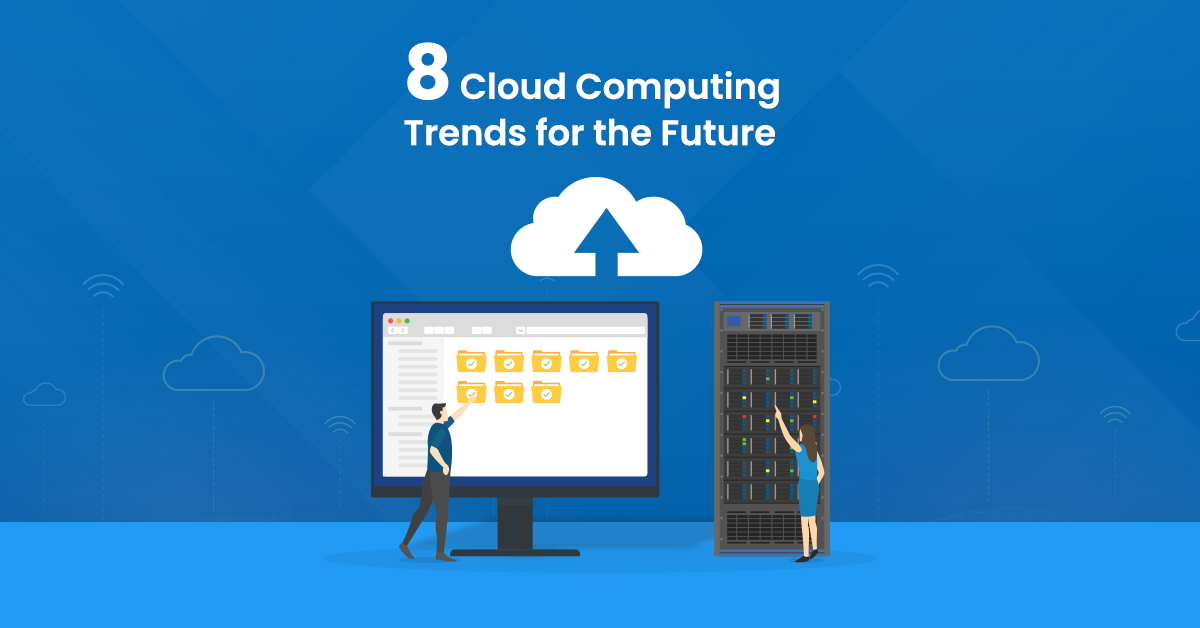
In today’s digital age, the demand for compute power is soaring, leading to a significant environmental impact. Cloud computing, despite its ethereal-sounding name, has tangible consequences on sustainability. As society’s reliance on cloud services grows, it becomes crucial for businesses and IT leaders to take action to mitigate the environmental effects.
The Growing Environmental Concerns
The digital sector’s share of global emissions currently stands at around 3% to 4% annually. However, this figure is projected to double by 2025, according to The Shift Project, a French nonprofit advocating for a post-carbon economy. Data centers, the backbone of cloud computing, play a substantial role in these emissions.
According to the International Energy Association, data centers and data transmission networks contribute to nearly 1% of energy-related global greenhouse gas emissions each year. In 2020 alone, these emissions accounted for approximately 300 metric tons of carbon dioxide equivalent. As environmental, social, and governance issues gain prominence among consumers, investors, corporate leaders, and regulators, pressure mounts on cloud providers to adopt sustainable practices.
“Cloud providers care about sustainability because their key stakeholders care,” says Ed Anderson, a distinguished vice president analyst with research firm Gartner. However, the question remains: Can cloud providers truly reduce their environmental impact in a significant way?
Understanding Cloud Computing
Before delving into the environmental impact, let’s define cloud computing. It refers to on-demand compute resources, such as processing and storage, accessed via the internet. The term gained popularity in the mid-2000s when Amazon launched Amazon Web Services (AWS) and its Elastic Compute Cloud service. Other major players soon joined the market.
As cloud providers expanded their capabilities, software makers began shifting from selling on-premises software to offering Software as a Service (SaaS) on the cloud. This transition prompted many organizations to move their compute operations to the cloud, gradually shutting down their own data centers.
The Environmental Impact of Cloud Computing
Contrary to its ethereal connotations, cloud computing relies on tangible resources like rare metals, hardware, cables, servers, and storage arrays. This reliance on physical infrastructure has made the environmental impact of cloud computing more visible.
Cloud computing consumes massive amounts of energy, and energy production itself has an environmental footprint. Data centers and cloud facilities contribute to approximately 1.8% of U.S. electricity consumption and a significant portion of tech companies’ emissions, as reported by the World Economic Forum.
Moreover, cloud computing facilities require extensive water usage for cooling purposes. For example, ESDS’s data centers consumed an average of 420,00 gallons of water per day in 2021. Artificial Intelligence (AI) services can further drive up water consumption, with just 20 to 50 queries requiring 17 ounces of fresh water, as calculated by the University of California, Riverside.
The heat generated by cloud computing operations is another concern. While some operators explore options to recycle the heat for other purposes, such practices are not yet widespread. Additionally, cloud providers often require large tracts of land for their facilities, which can have unintended environmental consequences.
On-Premises vs. Cloud: Environmental Effects
While cloud computing has its environmental impact, comparing it with on-premises computing reveals a more nuanced picture. Industry experts generally agree that companies should transition to the cloud due to its potential for increased efficiency and aggregated resources.
Research firm IDC estimates that moving from on-premises computing to the cloud could prevent over 1 billion metric tons of carbon dioxide emissions between 2021 and 2024. Cloud providers can optimize operations in ways that most on-premises data centers cannot, resulting in more environmentally friendly workloads.
The scale and business model of cloud providers enable them to build optimized operations. They can design facilities for maximum efficiency, power off unused computing resources, and commit to renewable energy goals. For instance, AWS plans to become water positive by 2030, achieve 100% renewable energy across its operations by 2025, and reach net-zero carbon by 2040. Similar sustainability objectives exist for Google, Microsoft, IBM, and Oracle.
While these efforts are commendable, skeptics question the true impact of cloud customers on reducing the environmental footprint of cloud computing. MIT’s research, released in February 2022, highlights the significant effects of cloud computing. Moreover, there is increasing scrutiny on whether companies, including cloud providers, are genuinely meeting their sustainability claims.
As organizations prioritize sustainable procurement and vendor choices, scrutinizing green claims becomes crucial. It is essential to assess the actual environmental impact of cloud providers and hold them accountable for their sustainability efforts.
Conclusion
Cloud computing’s environmental impact is a real and pressing concern. As the demand for cloud services continues to rise, it becomes imperative for cloud providers to adopt sustainable practices and minimize their carbon footprint. While the transition to the cloud offers potential efficiency gains, it is essential to remain vigilant and ensure that sustainability claims align with actual environmental outcomes.
By making informed decisions and promoting sustainable practices, businesses and IT leaders can contribute to a more environmentally conscious future in the realm of cloud computing.




Recent Comments